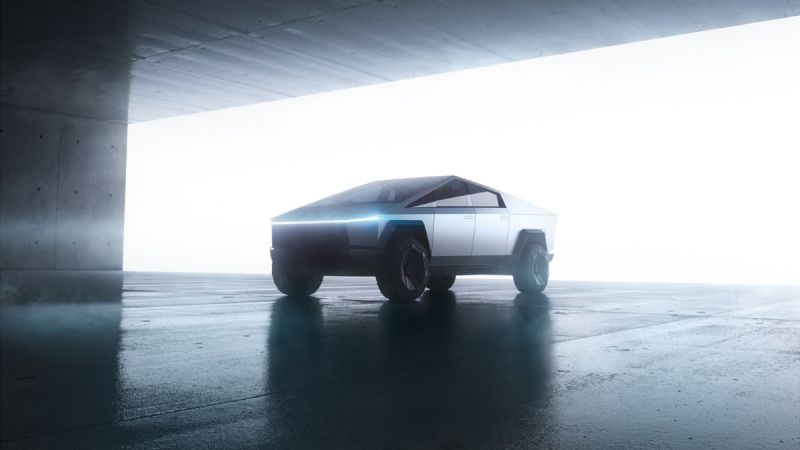The growing demand of electric vehicles worldwide is activating a sort of "raw materials war". There are three key metals that could cause a commercial fight, the first outbreaks of which have already been seen. Lithium, nickel and cobalt will be the new "black gold" of the industry, which has already caused their prices to skyrocket to their all-time highs with an eye on the coming years and a foreseeable supply shortage.
The regulations aimed at progressively eliminating ICE (internal combustion engine) cars in favor of electric vehicles are part of a strategy focused on energy transition and on the efforts to reduce CO2 emissions. As per a Reuters report, more than 6.36 million electric vehicles were sold in 2021, which represents an increase of more than 50% as compared to the 3.10 million vehicles sold in 2020, according to data presented by Rho Motion, a consulting company that makes forecasts and analysis of the market for electric vehicles and batteries. Sales in China alone accounted for 50% in 2021 and 40% in 2020.

The situation regarding Lithium: electric vehicle batteries may use lithium carbonate or lithium hydroxide, and their quantities are expressed in lithium carbonate equivalent (LCE), that basically contains both. Lithium carbonate is used for lithium iron-phosphate (LFP) batteries. Sales of electric vehicles using this kind of batteries have accelerated in China, so the lack of investment in production capacity - due to the fall in prices suffered by this material until 2021- means that there is a big chance of a shortage for the years to come. "Supply is struggling to keep up with demand, given long lead times to bring first production from lithium resources to market," said BMI analyst George Miller.
The supply shortfall has driven lithium carbonate prices to record levels - hovering above $50,000 a tonne in China - according to reports by BMI, which estimates demand for lithium carbonate equivalent to 610,000 tonnes this year, versus to 490,000 tons last year; this will mean a 26,000 tons deficit as compared to last year's 12,000 tons.
The worldwide shortage of nickel has led to stocks reduction in warehouses approved by the London Metal Exchange. With 88,812 tons, they have fallen by 65% since April 2021. Also reduced are stocks of nickel in the form of briquettes, which can be easily crushed into smaller particles and dissolved in sulfuric acid in order to produce nickel sulfate, which can then be used in batteries. Current stocks are 65,676 tons, 67% less than in April 2021.

According to analysts, most of these briquettes were sent to China, which controls the supply chain of the main materials that make up batteries for electric vehicles. Andrew Mitchell, an analyst at Wood Mackenzie, estimates that total demand for nickel last year was 2.8 million tonnes, out of which 69% was used to make stainless steel and 11% to make batteries; while the previous year (2020) the amounts were 71% and 7% respectively. Mitchell expects batteries' share of nickel demand to rise up to 13% this year.
The price of nickel reached $24,435 a tonne last week, the highest since August 2011, although it is expected to recede later this year as supply increases. Macquarie analyst Jim Lennon expects this price to increase by 14.5% this year, surpassing three million tons, which would mean a surplus over demand of 43,000 tons as compared to the 159,000-ton deficit in 2021.
And finally we can address the Cobalt situation: lock-downs caused by the COVID pandemic in Africa have created bottlenecks that turned into delays in shipments to China from the Democratic Republic of the Congo, which extracts more than 70% of the world's supply of Cobalt. According to Caspar Rawles, an analyst at Benchmark Mineral Intelligence (BMI), Chinese imports of cobalt hydroxide rose to 82,100 tonnes last year, an increase of 2.5% over the previous year, "… which means that domestic stocks were greatly reduced."

BMI expects a worldwide cobalt demand of 177,500 tonnes this year, out of which 104,000 tonnes will be consumed by the battery manufacturing sector. Cobalt prices, which today stand at around 70,000 dollars per tonne, are at their highest level since July 2018 and the forecast is that they will continue to grow given a continued lack of supply.
You can see the full report from Reuters, with graphics, on this link.
All images courtesy of Tesla Inc.
Nico Caballero is the VP of Finance of Cogency Power, specializing in solar energy. He also holds a Diploma in Electric Cars from Delft University of Technology in the Netherlands, and enjoys doing research about Tesla and EV batteries. He can be reached at @NicoTorqueNews on Twitter. Nico covers Tesla and electric vehicle latest happenings at Torque News.











